Water Quality Investigation Projects
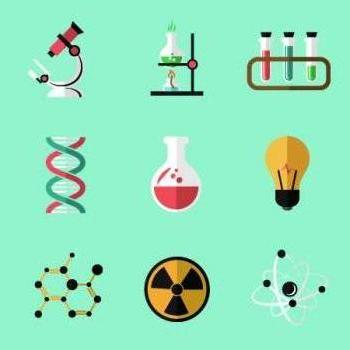
- School:
- South Walton High School
- Subject:
- STEM Education
- Teacher:
- Samantha Bednar
- Students Impacted:
- 360
- Grade:
- 9-12
- Date:
- October 10, 2023
Investor
Thank you to the following investor for funding this grant.
Florida Power & Light - $973.00
Original Grant Overview
Goal
To further students' understanding of real world analytical techniques and "why" science matters. To help them realize the level of investigation they are capable of doing, given access to the right equipment.
What will be done with my students
By supplementing our departments current equipment, we can integrate real world applications of lab techniques into our curriculum.
Students will collect samples, complete mock lab paperwork like a chain of custody, analyze samples for common pollutants, and evaluate data.
Possible tests include nitrates, phosphates, pH, temperature, suspended solids, alkalinity, hardness, total coliforms, etc. (things common in water quality tests).
Students will draw stream profiles and calculate flow rates and discharge volumes.
Benefits to my students
Students could use this equipment for Science Fair projects, making them more eligible to compete at the Regional and State level.
Students could use these resources for AP Research projects, or with other classes (AP Environmental, Biology, Marine Science, even Human Geography/Econ).
Students can experience biological, chemical, and engineering (and physics) applications of science in a multitude of career and college disciplines.
These resources can reinforce critical thinking, experimental design, quality research and project management skills.
Budget Narrative
I've curated the best selection of materials to supplement what we already have access to and items that are easy for students to use with the limited lab experience they have at this point in their academic careers. Supplies will be purchased from three common SciEd vendors and at the best possible prices.
Items
| # | Item | Cost |
|---|---|---|
| 1 | Total Coliform, LaMotte kit | $151.00 |
| 2 | Dissolved Oxygen kit, LaMotte kit | $47.00 |
| 3 | dropper bottles (for reagents) | $187.00 |
| 4 | sterile whirl-pak sample bags, 500pk | $147.00 |
| 5 | Secchi disk (water turbidity) | $31.00 |
| 6 | Ammonia, LaMotte kit | $43.00 |
| 7 | Phosphates, LaMotte kit | $35.00 |
| 8 | Nitrates, LaMotte kit | $40.00 |
| 9 | tape measure, 30m | $16.00 |
| 10 | meter sticks, x10 | $42.00 |
| 11 | compound microscope | $234.00 |
| Total: | $973.00 |

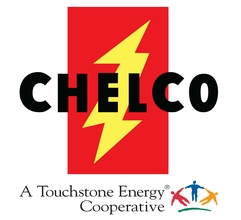
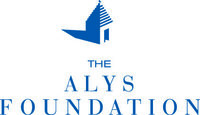
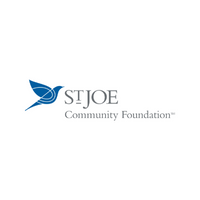
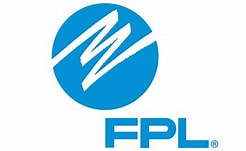

Share
Please share this page to help in fulfilling this grant.
Email to a Friend